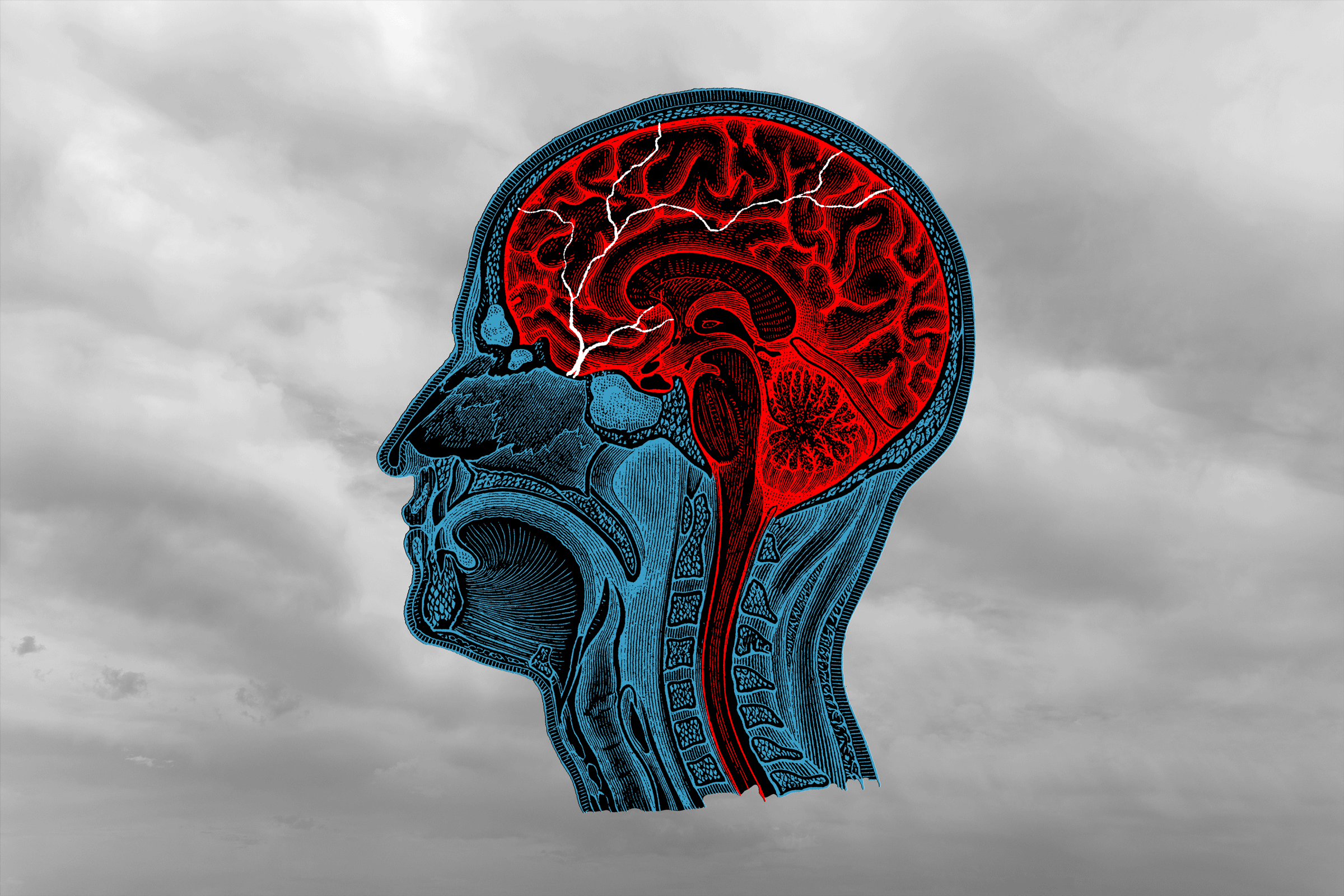Brightness Eases Blahs : Study Sheds New Light on Seasonal Depression
- Share via
People who suffer emotional anxieties when the days grow shorter might benefit from a combination of drug treatment and exposure to light, a psychiatrist says.
The new experimental therapy borrows from recent clinical studies showing dramatic improvement in depression attributed to “winter blahs” when patients are exposed to panels of bright light for several hours a day.
“We’re now finding that the light may augment the response to antidepressant drugs,” said Dr. Michael Gitlin, a clinical professor at the Neuropsychiatric Institute of UCLA and a psychiatrist at the Los Angeles Center for Mood Disorders.
Some people, he said, “experience depression according to seasonal patterns. These are people who get depressed when the days get shorter. This is an interesting manifestation in Southern California, where even though it’s almost always sunny, days get shorter here too.”
Hormone Released
Gitlin said melatonin, a hormone secreted by the pineal gland in the brain, is released when the environment is dark and suppressed when it is light.
He theorizes that melatonin, which is known to induce sleep, may increase in some people from October through February, causing them to feel sleepy, apathetic, withdrawn and given to carbohydrate cravings and depression.
“The fascinating part of all of this is that it’s based on how much light hits the retina,” Gitlin said. “We know for certain that the pineal gland regulates the amount of hormone secretion based on how much light is coming through the eye.”
The psychiatrist is studying a group of patients with defined mood disorders ranging from simple depression to manic-depressive illness, which is characterized by dramatic swings from exhilaration to brooding depressions.
“The study employs the use of full-spectrum light, like the grow-lights for plants,” he said. “We have the patients sit three to six feet away from a light panel and glance up at it once a minute over a three-hour period,” Gitlin said.
Colors of Rainbow
The light panel used in the study contains the colors in the rainbow, including infrared and ultraviolet rays, the psychiatrist explained.
“There are several technical areas we need to play with. We’re not sure if the therapy is best administered, for example, between 5 a.m. and 8 a.m. or 5 p.m. and 8 p.m. Some researchers feel the morning treatment is more effective, but this is an area that is still unresolved,” he said.
Of the 10 people participating in the study, two-thirds are showing a positive response to the light therapy, reporting marked improvement in their moods, Gitlin explained.
“This kind of therapy is not for everyone,” Gitlin cautioned. “Everyone doesn’t cycle according to seasonal light and dark patterns. However, as the study continues, we think we’ll find a greater number of seasonal depressions in more northern climates.”
Gitlin said the current study will be completed in the spring, and that light therapy may also prove useful in the treatment of certain sleep disorders and jet lag as well as predicting patient response to antidepressant medications.






